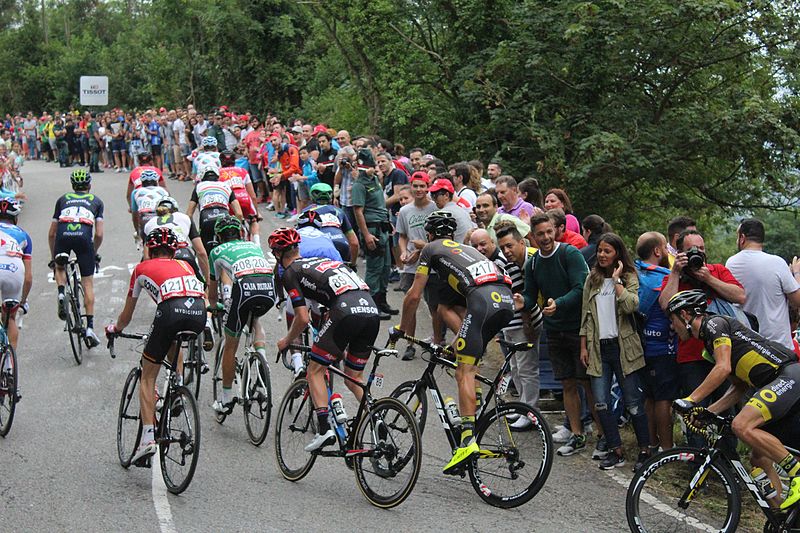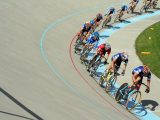
Vuelta a España race
24 March 2018Road racing has been an important sport in Spain as a professional form of cycling since the 1940s. Among the most popular cycling events in the country, and in the world, worth mentioning is the Vuelta a España (or “Tour of Spain”). This is a race that is equally important on the international calendar as the Tour de France and Giro d’Italia tournaments, and many people also bet on it using Matchbook bonus code.
 Vuelta a España is a stage cycling race that has an eight-decade long history, the very first competition having taken place in 1935. Its challenging courses make every rider in the country desire to take part in the tournament and prove their worth. And besides putting their cycling skills to the test, racers also have the opportunity to see the beautiful country through their favorite way of exploring the world: on two wheels.
Vuelta a España is a stage cycling race that has an eight-decade long history, the very first competition having taken place in 1935. Its challenging courses make every rider in the country desire to take part in the tournament and prove their worth. And besides putting their cycling skills to the test, racers also have the opportunity to see the beautiful country through their favorite way of exploring the world: on two wheels.
The racing tournament is an annual event primarily held within the Spanish borders, but occasionally the route also takes riders through nearby countries, as it happened in 2017, when the route started in France. As mentioned, the very first race was held in 1935 and continued to be run since then, except for the Spanish Civil War and World War II years. Since 1955, though, it became an annual event.
In the beginning, Vuelta a España was a local race, but as it gradually grew in popularity, the courses were lengthened and riders from all over the world began taking an interest in participating, so nowadays the peloton includes cyclists of all nationalities. Currently, the Vuelta joins the Tour de France and Giro d’Italia and together they form the well-known, three-week-long Grand Tours.
In the modern editions of the tournament, participants in the race have a tough challenge ahead of them, as the event’s route covers more than 3,200 kilometers divided into stages. There are no less than 21 day-long stages which include flat, against the clock, mid- and high-mountain segments. They are scattered over 23 days, with two rest days.
 As many already know, the route is not the same each year. But while the course changes, the format remains the same, so there are two time trials every year, along with the trek through different Spanish towns, the difficult passage through the Pyrenees mountains, and the finish line in the capital city of Madrid, on a city circuit between Paseo de la Castellana Avenue and Plaza de Cibeles Square.
As many already know, the route is not the same each year. But while the course changes, the format remains the same, so there are two time trials every year, along with the trek through different Spanish towns, the difficult passage through the Pyrenees mountains, and the finish line in the capital city of Madrid, on a city circuit between Paseo de la Castellana Avenue and Plaza de Cibeles Square.
This last stage through the Spanish capital usually becomes some sort of victory lap for the overall winner, who uses to sprint to the finish.
Talking about the format, it needs to be mentioned that all the stages are timed, and at the end of each stage the racers’ times are compounded with their previous stage times. After finishing, the rider with the lowest total time is named the leader and gets to wear the red jersey.
Besides this general classification, there are also other contests within the race, such as the points classification for the sprinters, the combination classification for the all-round riders, the mountains classification for the climbers, as well as the team classification for those participating in teams.
This year, the race Race will take place between August 25 and September 16 and will include nine summit finishes, along with an opening time trial and a 32.7km against-the-clock race in week three.


